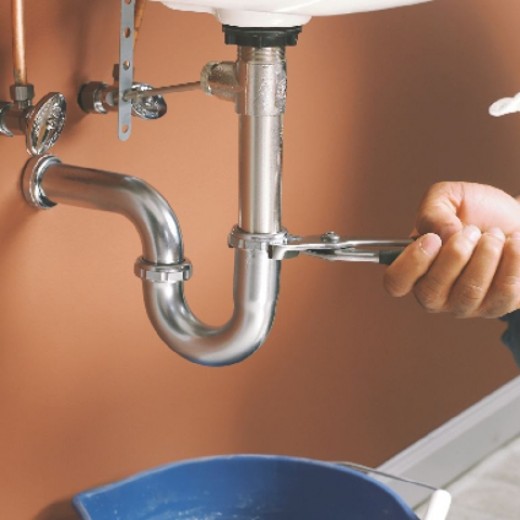What Is a Basin Wrench Used For

As it sounds, Basin Wrench is used for tightening nuts and connections in the basin area. However, the wrench is a purpose-made tool to help a plumber to reach areas which apparently are not visible to them or they find it difficult to reach them with ordinary tools. The wrench has made the job of the plumber very easy, and it has also provided flexibility for fixing different tools in the basin area, which at the end secures it to last for a longer period of time. The ordinary tools are not effective in doing the job.
Instructions
-
1
Basin wrench comes with a long handle and can be modified in the mouth area. It is a purpose-made tool to make the job of a plumber easier, as it is difficult for them to reach in some areas with ordinary tools. This leaves the sink's nuts loose or they are not fixed at the right place, and the job which is otherwise done perfectly at the end is half finished. Some plumbers use springs at the mouth of the wrench to exert extra pressure while tightening the nuts because they are not in position to exert pressure through their own hand. The reason is that some areas are not easily accessible to them or completely unreachable.
-
2
The wrench is different from an ordinary wrench as at the end it has swivels that work effective on the nuts. The plumber is in position to extend the tool until its jaws catch the nut, which apparently is not visible to the plumber and they tighten around it. Then using the long handle, the plumber can tighten or loose the nuts, while driving the handle like a screwdriver. However, the job is done by the swivels at the end and jaws, which, if attached to spring, have an added force and catch the nut tightly so that plumber can tighten or loosen them comfortably. The use of spring also helps the wrench to firmly hold the nut until it is removed or completely fixed, depending on the job. The spring force also gives an added security to the plumber because force does not allow the wrench's mouth slip through.
-
3
It is now most widely used tool in installation sink and also securing connections in some other areas in the kitchen. These are the areas to which the plumber does not an easy access while doing their job. This has ensured the job is perfectly done and sink or any other connection is not loosen too quickly that it can destroy the entire infrastructure around the sink area. Securing nuts tightly leaves the sink durably installed in its place and remains effective in place in spite of excessive use.

